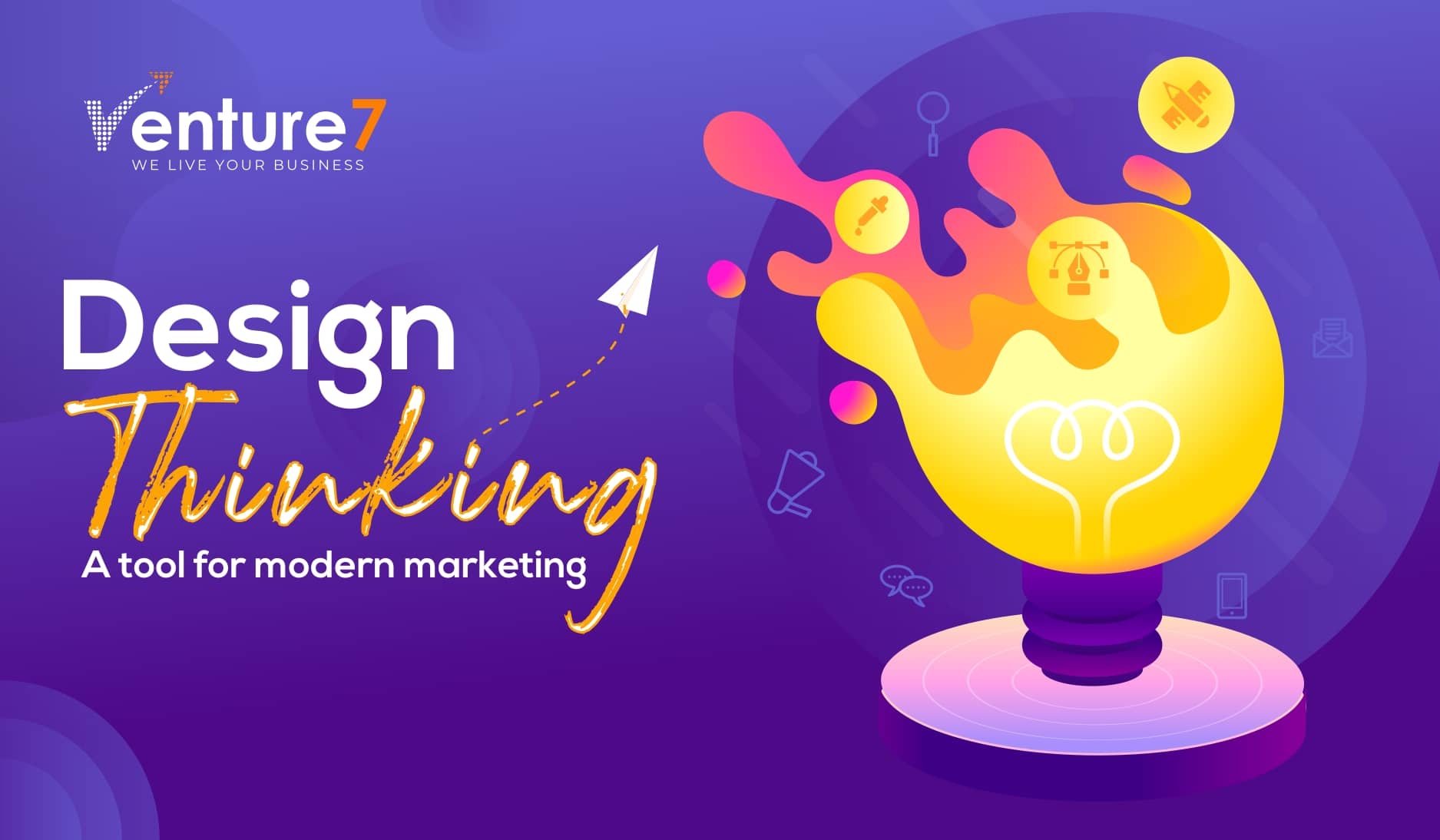Design Thinking-A Tool For Modern Marketing
Apart from technologies such as artificial intelligence and machine learning, data integration, etc. design thinking is one such tool is highly implemented by industries to bring innovation in their strategies and to streamline their marketing workflows. This tool includes strategic and practical processes to redefine problems and develop innovative solutions to carry out diverse marketing operations in an effective manner. Marketers focus on grow and expand their operations with the use of design thinking tools by accurately determining their customers’ needs and enhance customer experience. This technology allows marketing managers to understand their customers’ pain points with the use of empathy mapping tools to uncover the problems of their customers. Marketers can examine every consumer interaction ranging from product to purchase, across diverse platforms that help to analyze their pain points and develop strategies accordingly. This helps them to prioritize their resources to enhance customer experience by alleviating their pain points. Organizations can uncover ideas and discover opportunities by implementing design thinking tools which includes analyzing a wide array of data and stories to gain insights and develop strategies. The marketing department have several creative ideas with the use of design thinking tools that can be implemented creatively as and when the need arises. Design thinking works in 5 phases that include empathize, define, ideate, prototype and test. These five phases enable marketers to streamline their strategies and drive business growth. This tool has marketers to experiment by using different ideas and identify the best fit for a particular marketing campaign or strategy. It enables marketers to quickly move forward into test, learn and iteration phases of the design thinking methodology. The marketers work by taking a human-centric approach with design thinking tools to know their customers better. This human-centric approach helps them to prioritize potential customers and create innovative solutions and iterate the solutions quickly. Design thinking helps to develop better customer experiences by empathizing with individual needs of the customers. This approach helps marketers to properly define a problem and derive solutions accordingly. Design thinking has enhanced the interaction between consumers and organizations that help them to get accurate feedback about a product or a service. It helps them to identify hidden elements in customer interaction, thereby enabling marketers to derive future insights and trends. The iteration with prototypes and quick improvements on the basis of feedback enhances the success rate of the projects and increases the agility of teams in carrying out diverse marketing operations. This tool enables marketers to integrate ideation in their marketing strategies by analyzing the problems and objectives of the business. It opens different mediums to solve a problem and build a meaningful project experience, thereby enhancing the productivity of their operations. Marketers can always go back and test past solutions to solve present problems to keep the solution on track and optimize project strategies. This is done by developing a definite methodology, getting customers’ feedback and testing outputs on some clients before sharing it to the wider audience. Design thinking works with an aim to drive innovation in processes. It analyzes customers’ preferences and brings what’s needed by them with the use of advanced technology and innovative ideas. This technology enables marketers to visualize their ideas and solutions to generate alignment and consistency in the changing dynamics of the business environment. This helps marketers to view their marketing strategies through different perspectives and infuse changes wherever needed. This methodology works by applying different techniques such as usability testing, neuromarketing, etc. to understand customers’ viewpoints and develop engaging marketing campaigns. This enables organizations to retain a greater number of customers through targeted advertisements and captivating campaigns and attract new customers to the brand. Design thinks enables better collaboration between different departments of the organizations and with the customers. Internal and external collaboration allows involvement of diverse colleagues with different skillsets to work for resolving a problem together which enables the development of better ideation strategies. Customer are completely involved as far as validation of ideas is concerned that helps marketing departments to know their viewpoints and modify their strategies and marketing campaigns wherever needed. Design thinking helps marketers to tackle creative challenges efficiently by allowing them to look at the problems from different perspectives. It involves brainstorming and creation of new ideas to develop advertisement and campaigns for targeted customers and created a valuable experience for them. The use of prototyping methodology of design thinking tool helps organizations to effectively meet client requirements as every product goes through multiple stages of testing process feedback to ensure delivery of better-quality products. Design thinking has enabled organizations to build a strong brand identity and customer loyalty with its holistic problem-solving framework and approach. Design thinking approach is rapidly gaining traction among marketing departments of different industries to drive innovation and develop different problem-solving approaches. This tool has eliminated the problems of traditional marketing technologies and has transformed the marketing operations across organizations. This approach has enabled organizations to adapt to altering business environment with diverse strategies, marketing plans, innovation, etc. It has empowered brands to develop human-centric products and services and solving complex creative problems. 
Today, marketing department is overflowing with large datasets to analyze customer preferences and frame their marketing strategies accordingly. This department is exploring diverse technologies to drive significant business value by gaining insights from customer data. Brands work hard to meet their customers’ soaring expectations by utilizing various technologies and identifying their needs and future trends.Design Thinking for Innovative Marketing Workflows
5 Phases of Design Thinking
Design Thinking to Tackle Creative Challenges
Building a strong brand identity and customer loyalty









